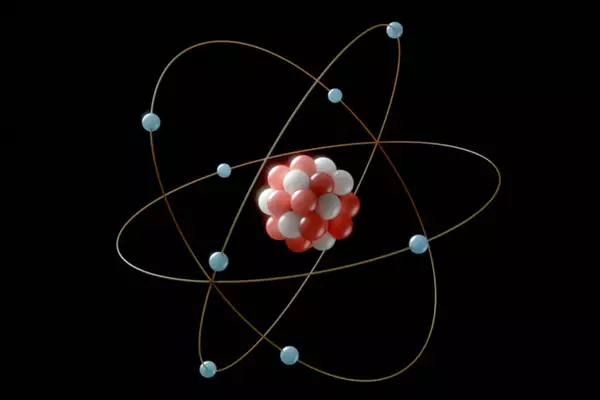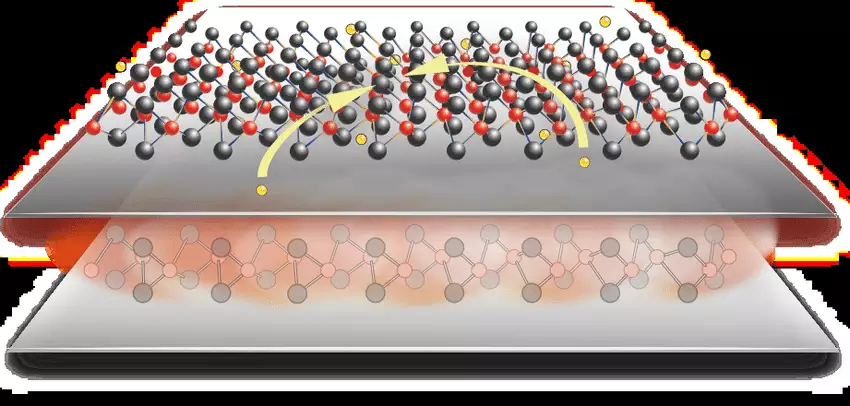A recent research by the Institute of Nano Science and Technology (INST), represented the transparent spin-polarized Electron gas, creates possibilities for ultra-fast, low-power spintronics.
About Transparent Spin-Polarized Electron Gas:
- The research breakthrough represents a significant advancement in the field of spintronics.
- Spintronics is the field that leverages the spin of electrons in addition to their charge to create new types of electronic devices.
- It forms a transparent layer between two insulating materials that allows for the movement of spin-polarized electrons at room temperature.
- The research was supported by the DST- Nano mission and the Board of Research in Nuclear Sciences (BRNS).
- The interface involves the oxide materials LaFeO₃ (lanthanum ferrite) and SrTiO₃ (strontium titanate), forming a two-dimensional electron gas (2DEG).
- The spin of the electrons at this interface is aligned in a uniform direction, and the system exhibits phenomena such as negative magnetoresistance and the anomalous Hall effect.
Device Applications:
- Spin-polarized electrons could significantly improve data transfer rates and storage capacities in electronic and quantum devices.
- The transparent interface allows integration into existing technologies like displays and solar cells, and potential for transparent spintronic screens and advanced solar cells.
- Negative Magnetoresistance indicates that the material experiences less electrical resistance when subjected to a magnetic field, which is used for high-speed electronic applications.
- Anomalous Hall Effect demonstrates the ability to measure spin polarization effects directly through electronic transport properties.
- It can aid in developing new quantum devices that are both spintronic and transparent, pushing the boundaries of current technology.
Ref: Source
| UPSC IAS Preparation Resources | |
| Current Affairs Analysis | Topperspedia |
| GS Shots | Simply Explained |
| Daily Flash Cards | Daily Quiz |
Frequently Asked Question:
What is spintronics?
Spintronics, or spin electronics, is a field of technology that utilizes the spin of electrons, in addition to their charge, to create new types of electronic devices.
What materials are involved in creating a two-dimensional electron gas (2DEG)?
It uses two oxide materials LaFeO₃ (Lanthanum Ferrite) and SrTiO₃ (Strontium Titanate) to form an interface that supports the movement of spin-polarized electrons.
What are the key phenomena observed in this research?
Negative Magnetoresistance: The material experiences reduced electrical resistance when subjected to a magnetic field, which can enhance the performance of electronic devices. Anomalous Hall Effect can be used to improve data transfer and storage capacities.



